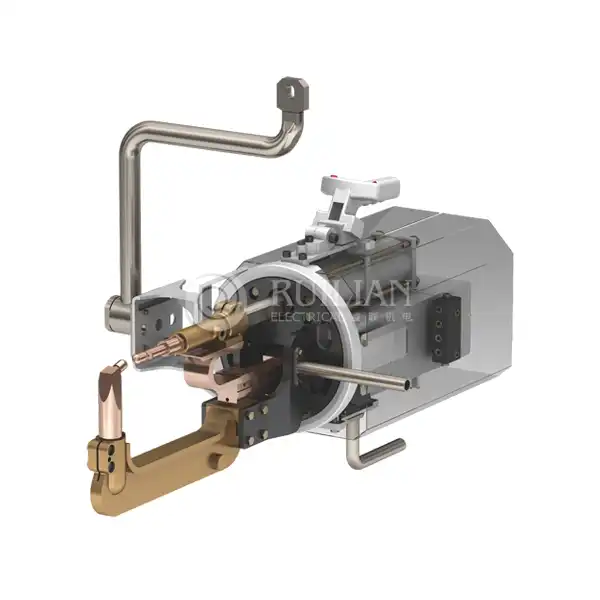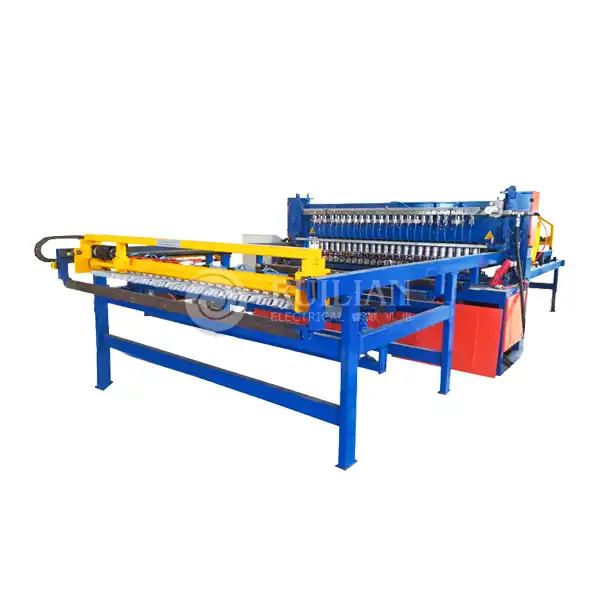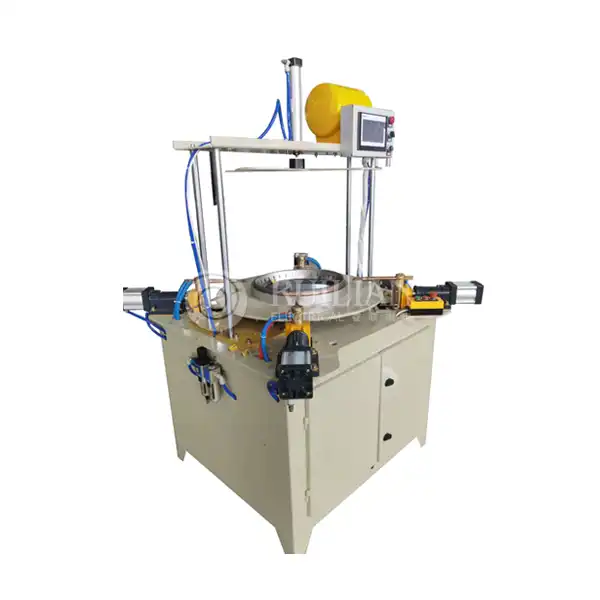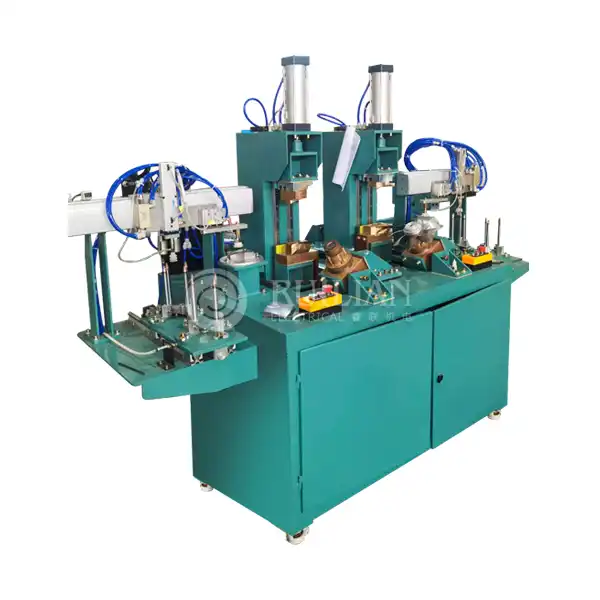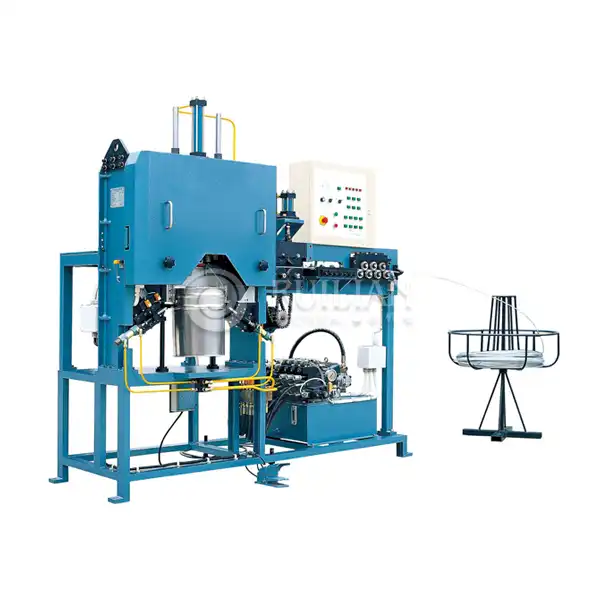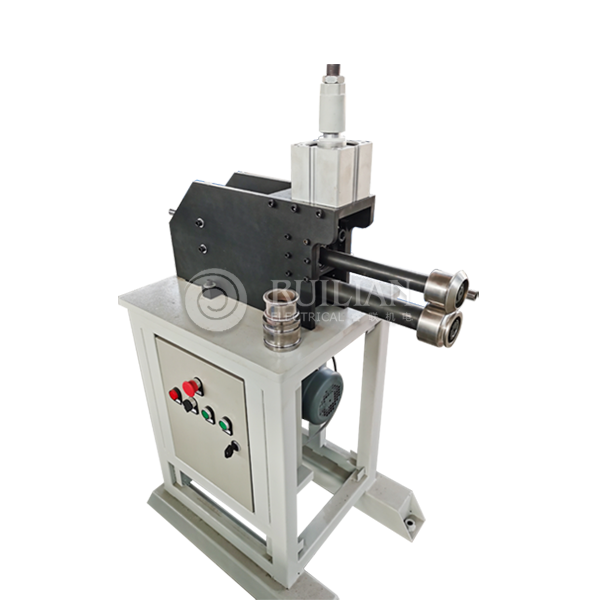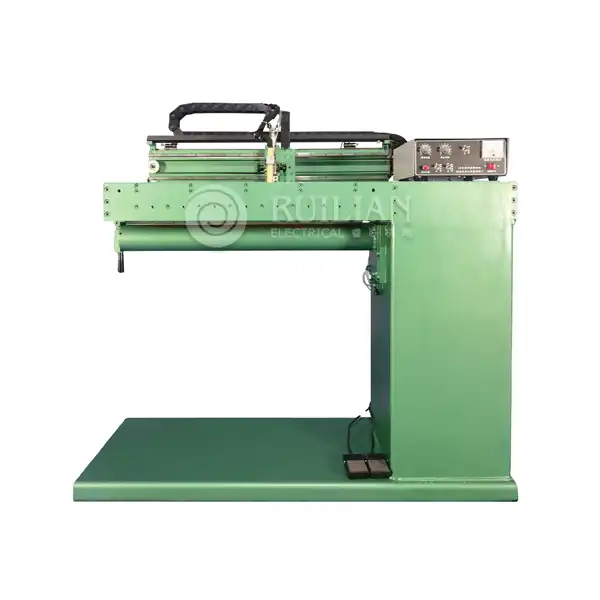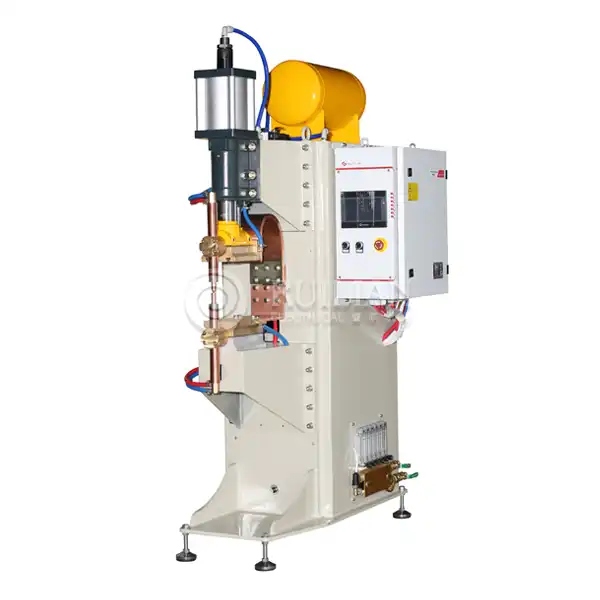Regular Cleaning and Inspection: The Foundation of Maintenance
1. Regular Cleaning to Prevent Debris Build-Up
The cornerstone of effective steel drum welding machine maintenance is regular cleaning. This essential practice helps prevent the accumulation of debris, which can obstruct various components and affect the machine's overall performance. Begin the cleaning process by powering down the machine and disconnecting it from the electrical source to ensure safety. Once powered off, use compressed air to blow away loose dirt, dust, and debris from key areas such as the welding head, wire feeder, and any other accessible parts. For more stubborn residues that cannot be cleared with air alone, use a soft brush or a cloth lightly dampened with a suitable cleaning solution. Be sure to avoid using excess moisture, as this could potentially harm electrical components or other sensitive areas of the machine.
2. Conducting a Thorough Visual Inspection
While cleaning, it is important to perform a detailed visual inspection of the welding machine. This step helps identify potential issues before they turn into serious problems. Look for signs of wear and tear, such as frayed wires, loose connections, or any components that appear damaged. Pay special attention to the welding head, as it is the heart of the welding operation. Check for misalignment or any abnormal wear on the welding electrodes, as these issues can significantly affect the quality of the welds. Catching problems early on can help avoid costly repairs or downtime in the production process.
3. Checking and Lubricating Moving Parts
Another key maintenance task is inspecting the drum guides and rollers. These components are responsible for ensuring proper alignment and positioning of the drum during the welding process. If they are not functioning smoothly, the machine could produce substandard welds or fail to operate as intended. Regularly check for smooth movement and look for any signs of wear or obstruction. To keep these moving parts in optimal condition, apply lubrication as per the manufacturer’s recommendations. Proper lubrication reduces friction, prevents premature wear, and ensures the machine operates efficiently, prolonging its lifespan and maintaining high-quality production standards.
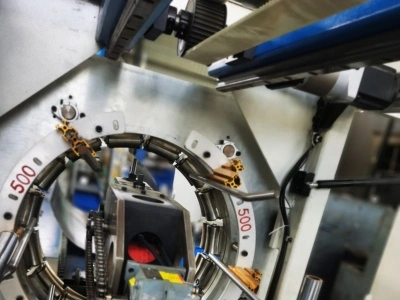
Calibration and Adjustment: Ensuring Precision Performance
Steel drum welding machines rely on precise calibration to produce consistent, high-quality welds. Over time, various factors can cause the machine to drift out of alignment, necessitating regular adjustments to maintain optimal performance.
Start by checking the alignment of the welding electrodes. These should be perfectly parallel to ensure even pressure and current distribution during welding. Use a feeler gauge to measure the gap between the electrodes, adjusting as necessary to meet the manufacturer's specifications.
Next, verify the accuracy of the machine's pressure settings. Incorrect pressure can lead to weak welds or excessive electrode wear. Most modern steel drum welding machines have digital displays for pressure settings, but it's wise to periodically calibrate these against a known standard.
The welding current is another critical parameter that requires regular checking and adjustment. Use a calibrated ammeter to measure the actual current output and compare it to the machine's settings. If discrepancies are found, consult the machine's manual for calibration procedures or contact a qualified technician.
Don't overlook the importance of proper drum positioning. Check the alignment of the drum guides and adjust if necessary to ensure the drum remains perfectly positioned throughout the welding process. This is crucial for achieving consistent weld quality along the entire length of the seam.
Preventive Maintenance: Staying Ahead of Potential Issues
While regular cleaning, inspection, and calibration form the backbone of steel drum welding machine maintenance, a comprehensive preventive maintenance program can significantly extend the life of your equipment and minimize unexpected downtime.
Develop a scheduled maintenance plan based on the manufacturer's recommendations and your specific usage patterns. This plan should include tasks such as:
1. Replacing wear parts: Items like welding electrodes, wire feed rollers, and contact tips have a limited lifespan and should be replaced at regular intervals.
2. Checking and replacing coolant: If your machine uses a liquid cooling system, regularly check the coolant level and quality, replacing it as recommended by the manufacturer.
3. Inspecting electrical connections: Loose or corroded electrical connections can lead to poor performance or even safety hazards. Regularly check and tighten all connections.
4. Lubricating mechanical components: Proper lubrication is essential for smooth operation and longevity of moving parts. Follow the manufacturer's lubrication schedule and use recommended lubricants.
5. Updating software: If your steel drum welding machine has digital controls, ensure you're running the latest software version to benefit from performance improvements and bug fixes.
Keep detailed records of all maintenance activities, including dates, tasks performed, and any parts replaced. This information can be invaluable for tracking the machine's performance over time and identifying potential issues before they become serious problems.
Consider implementing a predictive maintenance approach using sensors and data analytics to monitor key performance indicators in real-time. This can help you detect potential issues early and schedule maintenance activities more efficiently.
Training operators in proper machine use and basic maintenance tasks is also crucial. Well-trained operators can spot potential issues early and handle minor maintenance tasks, reducing the burden on your maintenance team and minimizing downtime.
In conclusion, maintaining a steel drum welding machine for optimal performance requires a multifaceted approach combining regular cleaning and inspection, precise calibration and adjustment, and a comprehensive preventive maintenance program. By following these guidelines and staying proactive in your maintenance efforts, you can ensure your steel drum welding machine continues to operate at peak efficiency, producing high-quality welds for years to come.
For expert advice on maintaining your steel drum welding machine or to explore our range of high-quality welding equipment, don't hesitate to contact RUILIAN. Our team of specialists is ready to assist you with all your welding needs. Reach out to us at ry@china-ruilian.cn or visit www.rlseamwelding.com to learn more about our products and services.


